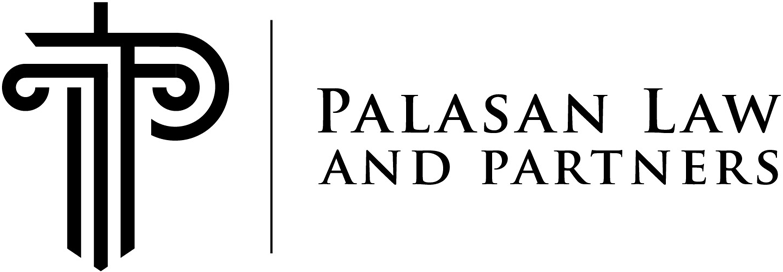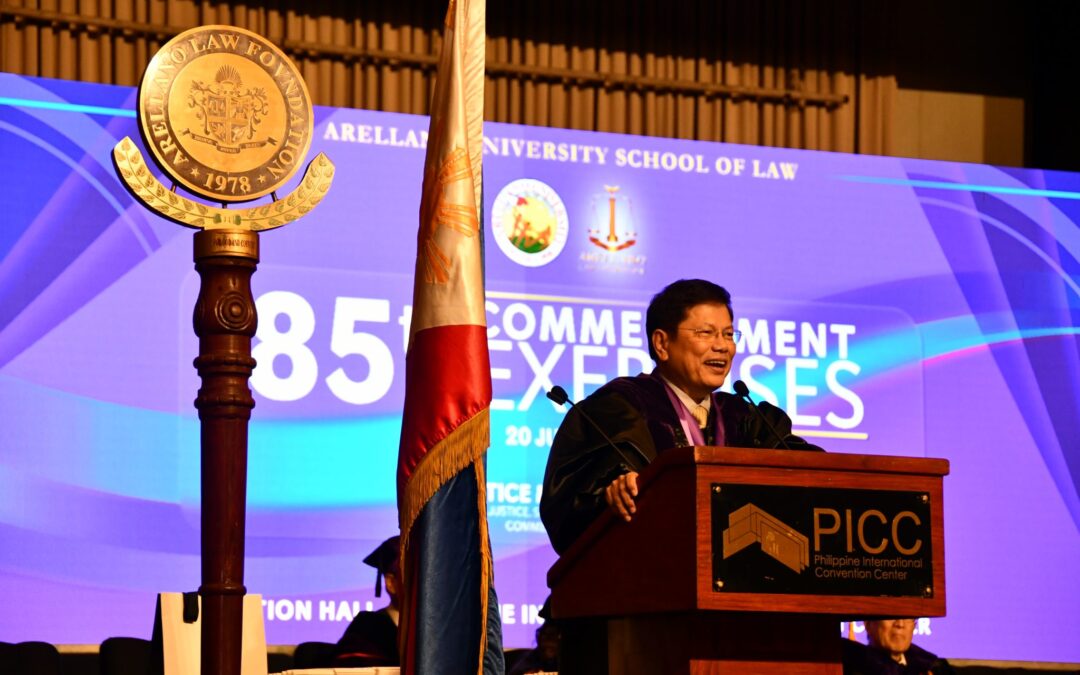“It is our humanity that renders us indispensable in the practice of law. We are humans guided by conscience and societal responsibility in the dispensation of ultimate justice.”
Thus declared Supreme Court Associate Justice Mario V. Lopez during the Commencement Exercises of the Arellano University School of Law on July 20, 2023 at the Philippine International Convention Center in Pasay City.
Addressing the law graduates, he emphasized that artificial intelligence (AI) is a mere tool for human utilization and not intended to replace humans, especially in the legal profession.
“AI has no deep understanding of abstract concepts like justice, equity, compassion, and good conscience. Unlike judges, a robot cannot decide cases through the lens of judicial temperament, open-mindedness, integrity, and independence. Unlike lawyers, AI cannot think outside the box or be creative in its approach or cry out for fairness or detest injustice with courage and perseverance,” said Justice Lopez.
While Justice Lopez acknowledged that AI can process information with accuracy and speed which humans cannot keep up with, he, however, stressed that it will not render lawyers obsolete.
“The legal profession is more than simply applying the law to the facts, but rather, it is about filling these crevices of the law with our human reasoning,” he said, adding that “AI can never replace the human heart, moral values, critical thinking skills, and respect for the rule of law.”
Calling them “digital natives,” Justice Lopez then reminded the future lawyers to use social media responsibly and to be guided by the new Code of Professional Responsibility and Accountability, one of the key initiatives under the Court’s blueprint of action for reforms—the Strategic Plan for Judicial Innovations 2022-2027.
In closing, he expressed optimism that as future lawyers, they will become proactive partners of the Court in reforming the Judiciary with the use of technology. (Courtesy of the Supreme Court Public Information Office)

